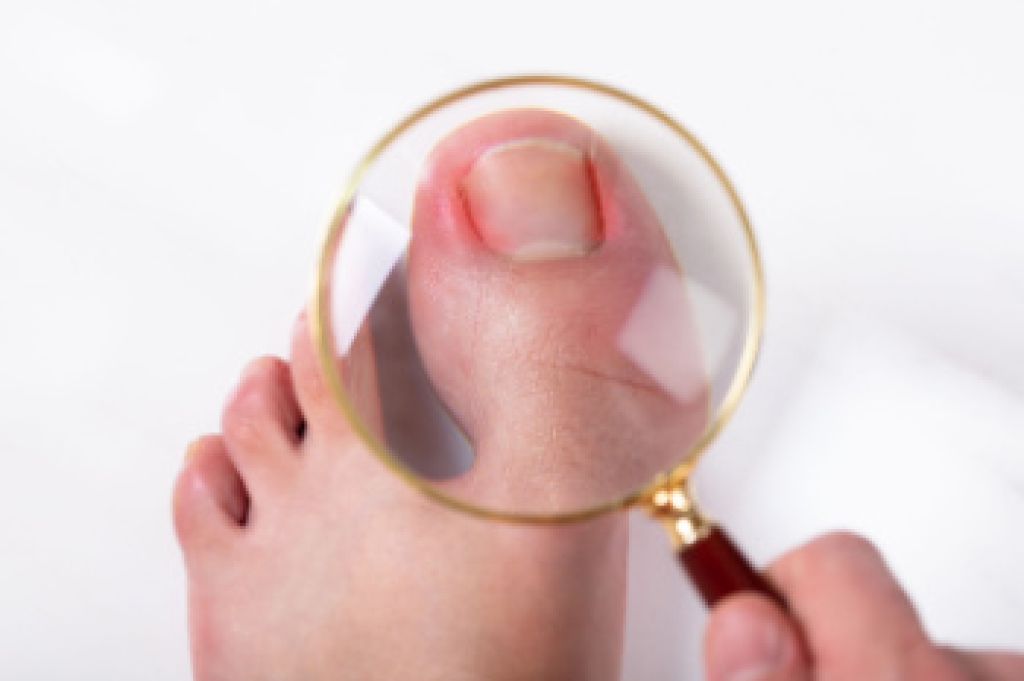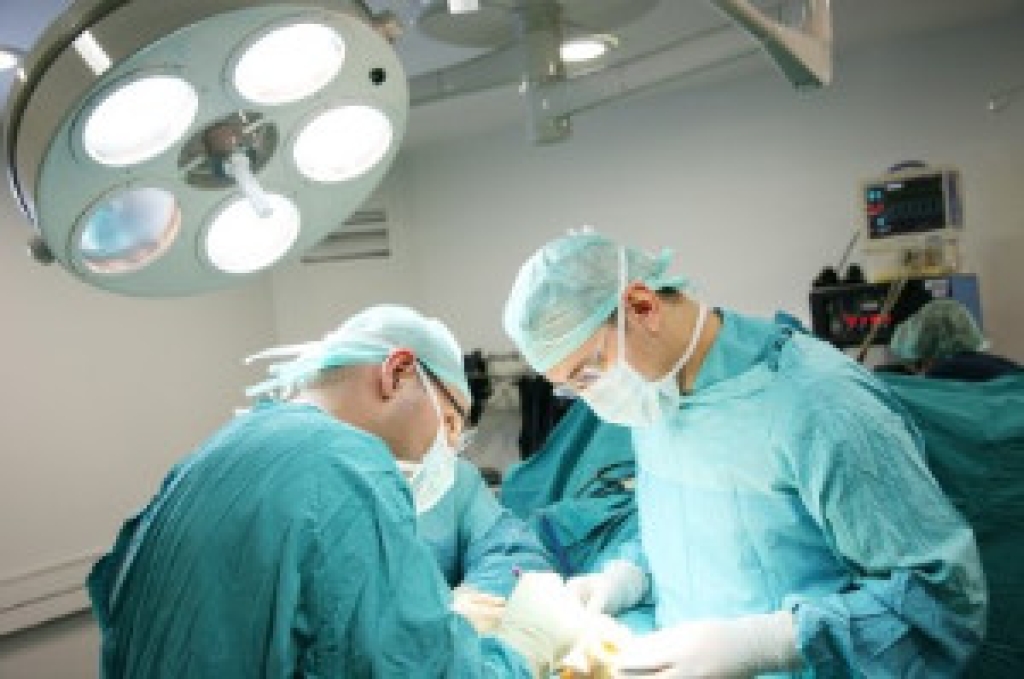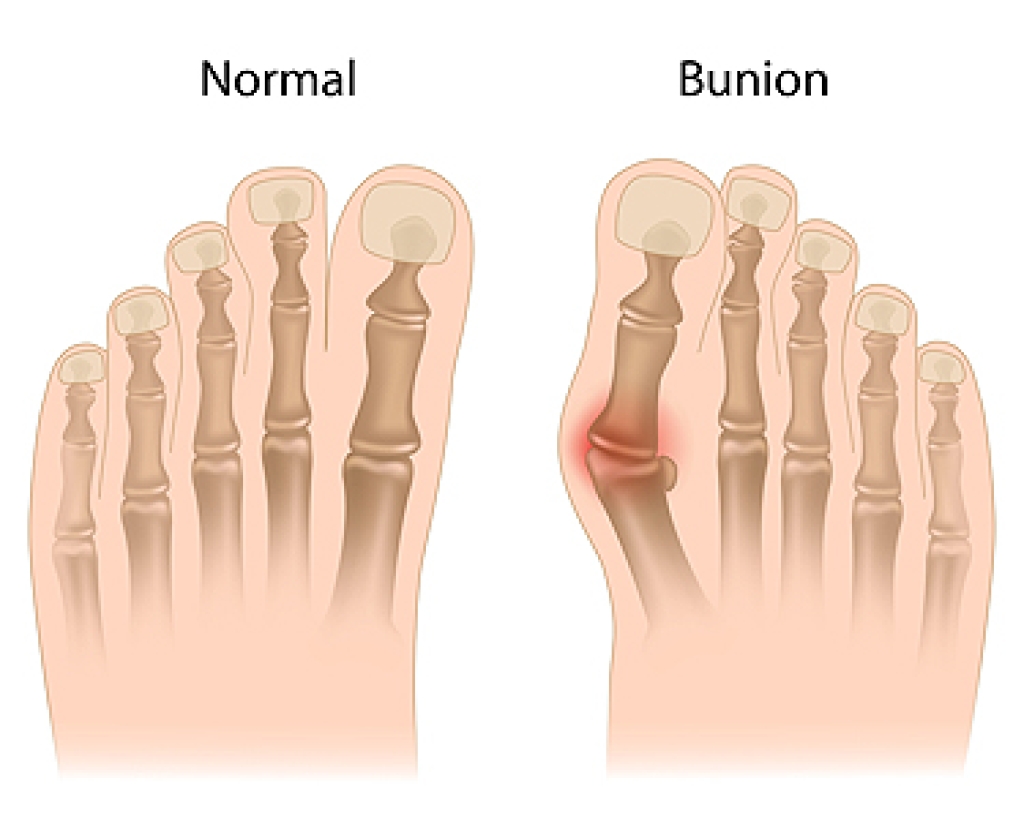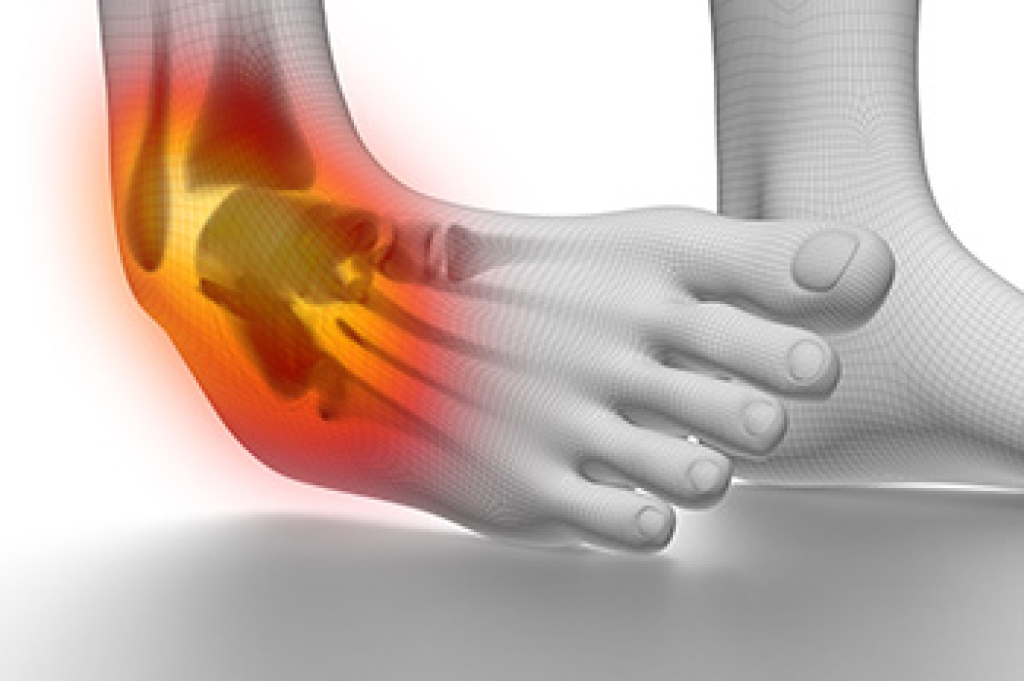
Ingrown toenails, which often affect the big toe, can become painful when the nail edge grows into the surrounding skin. Ingrown toenails are common among adolescents, people with diabetes, and those who wear tight shoes. Early symptoms include pain and redness, while more advanced cases may lead to swelling, discharge, and infection. Risk factors include improper trimming of nails, trauma, congenital nail shape issues, and excessive pressure from wearing ill-fitting shoes. When left untreated, an ingrown toenail can lead to bacterial or fungal infections, thickened tissue, or even nail deformity. Treatments by a podiatrist include oral or topical antibiotics to address infection, use of nail splints to lift the nail edge, or cutting away inflamed tissue. In persistent or recurrent cases, partial or total removal of the nail matrix through surgery or chemical treatment may be necessary. If you are experiencing pain from an ingrown toenail, it is suggested that you schedule an appointment with a podiatrist for appropriate treatment.
Ingrown toenails may initially present themselves as a minor discomfort, but they may progress into an infection in the skin without proper treatment. For more information about ingrown toenails, contact Mark Isenberg, DPM of Center for Podiatric Excellence. Our doctor can provide the care you need to keep you pain-free and on your feet.
Ingrown Toenails
Ingrown toenails are caused when the corner or side of a toenail grows into the soft flesh surrounding it. They often result in redness, swelling, pain, and in some cases, infection. This condition typically affects the big toe and may recur if it is not treated properly.
Causes
- Improper toenail trimming
- Genetics
- Improper shoe fitting
- Injury from pedicures or nail picking
- Abnormal gait
- Poor hygiene
You are more likely to develop an ingrown toenail if you are obese, have diabetes, arthritis, or have any fungal infection in your nails. Additionally, people who have foot or toe deformities are at a higher risk of developing an ingrown toenail.
Symptoms
Some symptoms of ingrown toenails are redness, swelling, and pain. In rare cases, there may be a yellowish drainage coming from the nail.
Treatment
Ignoring an ingrown toenail can have serious complications. Infections of the nail border can progress to a deeper soft-tissue infection, which can then turn into a bone infection. You should always speak with your podiatrist if you suspect you have an ingrown toenail, especially if you have diabetes or poor circulation.
If you have any questions, please feel free to contact our office located in Pensacola, FL . We offer the newest diagnostic and treatment technologies for all your foot care needs.




